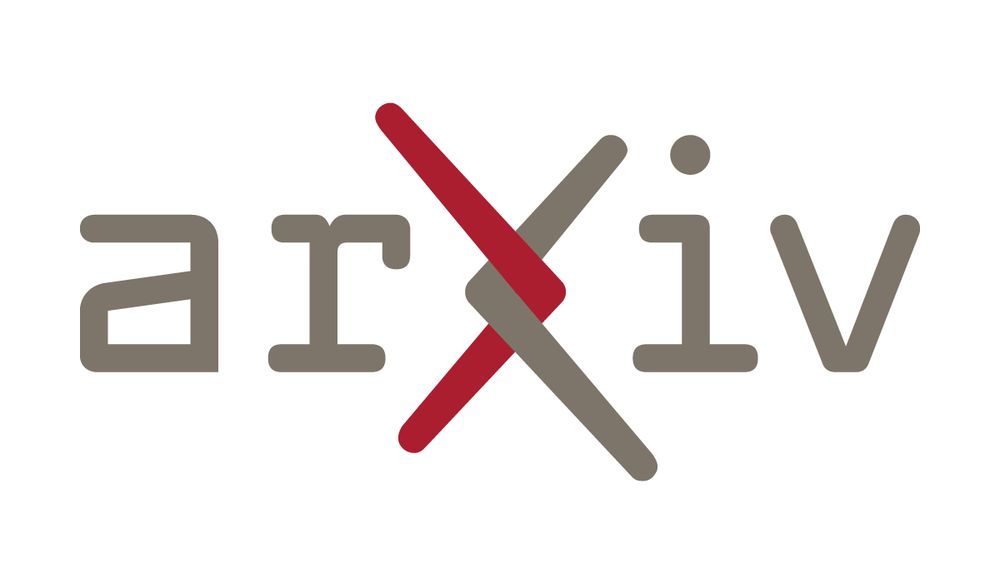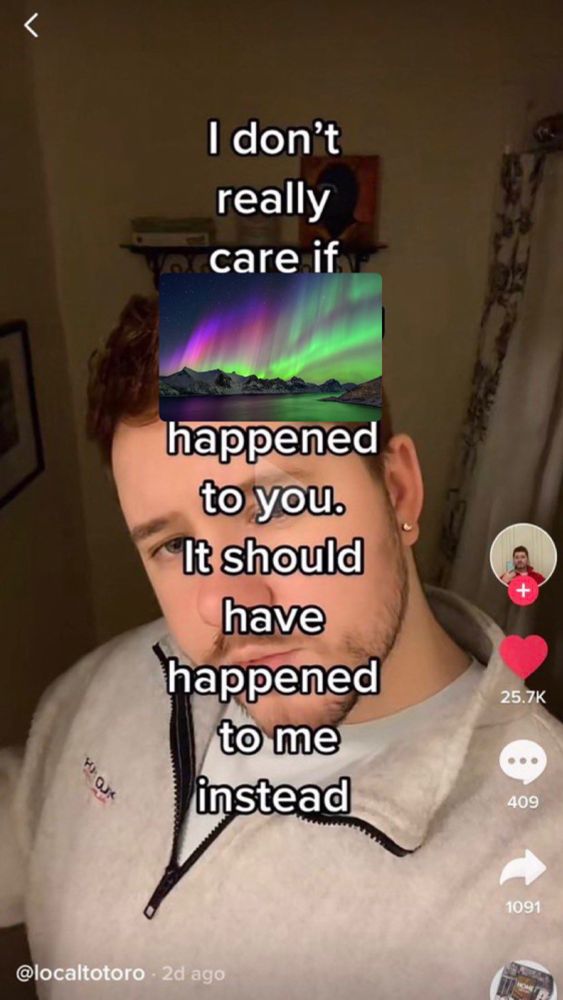
igrinscontact.github.io

..
According to mappingpoliceviolence.us, police kill at least three people per day; from a meta analysis published in NYT, we now know the number could be six or even more.




..
According to mappingpoliceviolence.us, police kill at least three people per day; from a meta analysis published in NYT, we now know the number could be six or even more.
Even if an LLM could be trusted to give you correct information 100% of the time, it would be an inferior method of learning it.
Shared by @gizmodo.com: buff.ly/yAAHtHq
Even if an LLM could be trusted to give you correct information 100% of the time, it would be an inferior method of learning it.
Judge Elke Schwager summarized the case saying that if you want to build something and need components, "then you purchase them and do not use the property of others."

guess I'm built different, every time I'm out trying to see night sky stuff I frequently think about how much light pollution is entirely preventable with just a tiny bit of regulation

guess I'm built different, every time I'm out trying to see night sky stuff I frequently think about how much light pollution is entirely preventable with just a tiny bit of regulation





An incredible discovery. The first ever image of a baby exoplanet embedded in the dust rings from which planets are forming around a star. Confirms the developing view of planet formation that we’ve never before seen in action.
🧪🔭
www.universiteitleiden.nl/en/news/2025...


An incredible discovery. The first ever image of a baby exoplanet embedded in the dust rings from which planets are forming around a star. Confirms the developing view of planet formation that we’ve never before seen in action.
🧪🔭
www.universiteitleiden.nl/en/news/2025...

In my new longer-than-usual piece for @astrobites.bsky.social, I do a deep dive into the background of the controversial 2023 paper which claimed black holes expand in step with the universe and can therefore explain dark energy. 🧪
astrobites.org/2025/10/30/a...
In my new longer-than-usual piece for @astrobites.bsky.social, I do a deep dive into the background of the controversial 2023 paper which claimed black holes expand in step with the universe and can therefore explain dark energy. 🧪
astrobites.org/2025/10/30/a...
arxiv.org/abs/2511.01954
contains some great new graphics for talks on
#exoplanets #EPRV #DopplerSpectroscopy







it was truly an amazing night of observing 🔭
*・゜゚・*:.。..。.:*・'(*゚▽゚*)'・*:.。. .。.:*・゜゚・*

it was truly an amazing night of observing 🔭
*・゜゚・*:.。..。.:*・'(*゚▽゚*)'・*:.。. .。.:*・゜゚・*


The University of Texas-Austin is beginning a process to eliminate the Black Studies, Latino Studies, and Gender Studies departments in the College of Liberal Arts. This is a grave threat to the educational liberty of students, faculty, staff, and the people of Texas. 1/
The University of Texas-Austin is beginning a process to eliminate the Black Studies, Latino Studies, and Gender Studies departments in the College of Liberal Arts. This is a grave threat to the educational liberty of students, faculty, staff, and the people of Texas. 1/
astrobites.org/2025/10/04/n...

astrobites.org/2025/10/04/n...


